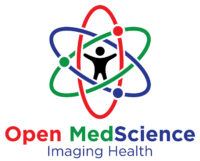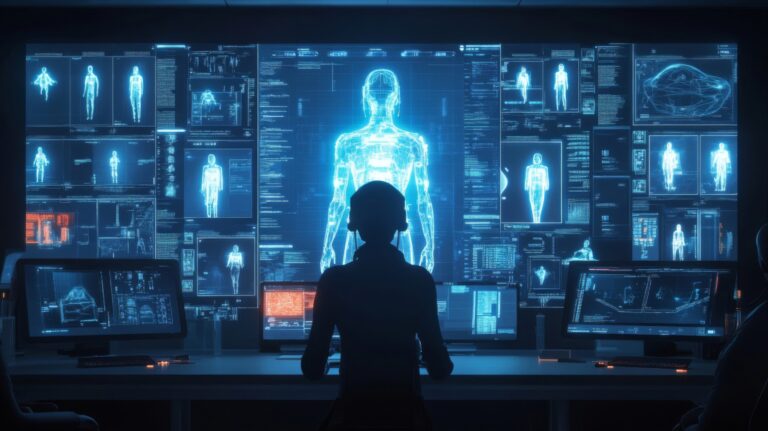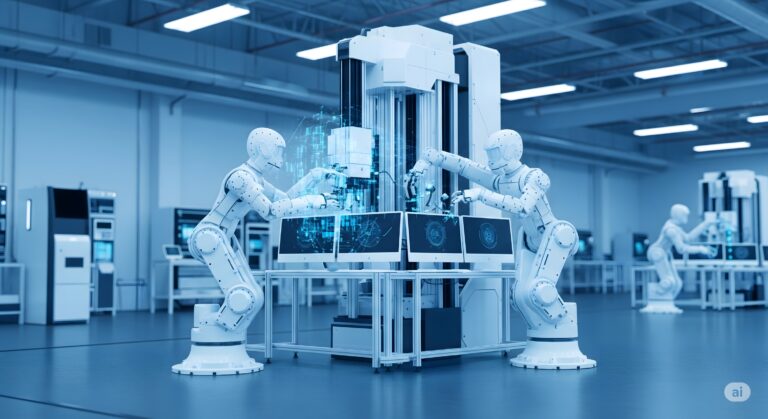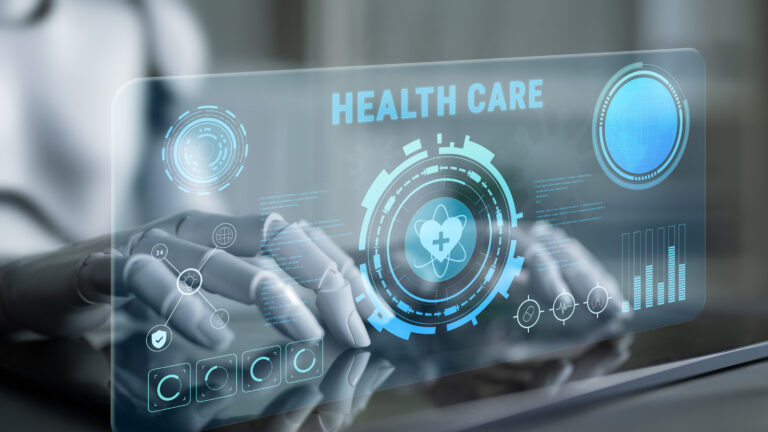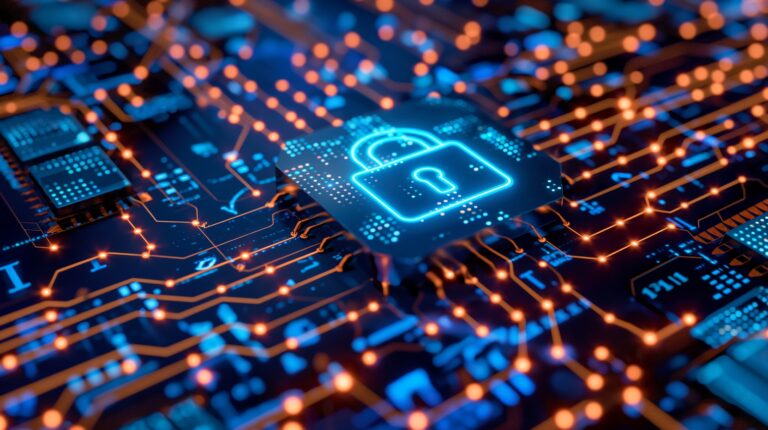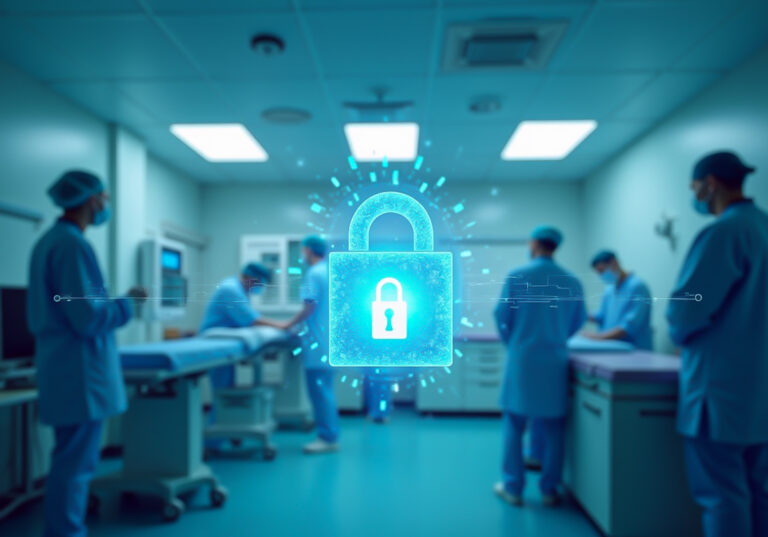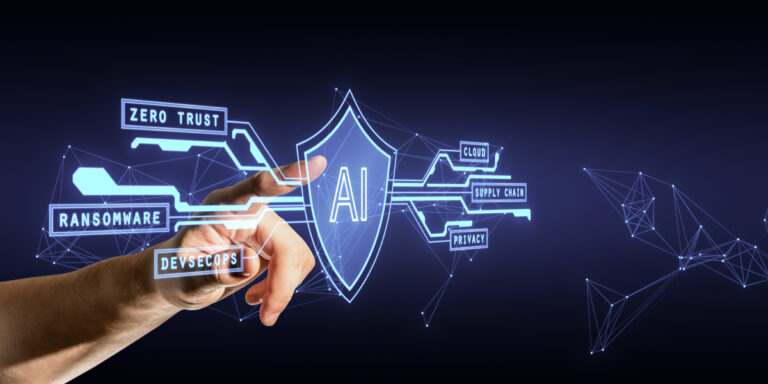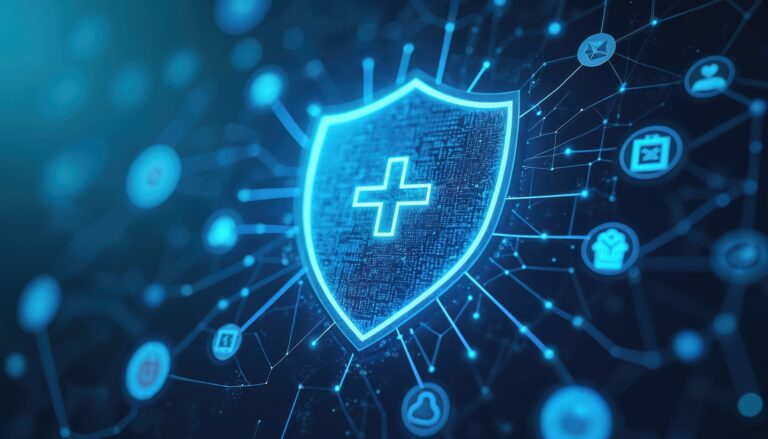Blockchain for Medical Imaging Records
Blockchain technology has emerged as a transformative tool across various industries, and its application in medical imaging records is gaining significant attention. This decentralised, secure, and transparent system offers solutions to many of the challenges faced in the management, sharing, and protection of medical data, particularly imaging records.
Enhanced Security and Data Integrity
Medical imaging records, such as X-rays, MRIs, and CT scans, are highly sensitive and require robust protection against unauthorised access or tampering. Blockchain’s cryptographic mechanisms ensure that each record is securely encrypted and linked to a unique digital signature. Once added to the blockchain, records cannot be altered without consensus from the network, ensuring data integrity. This immutability is critical for maintaining the authenticity of medical images, which are often used in diagnostics, treatment planning, and legal cases.
Improved Interoperability
One of the significant challenges in healthcare is the lack of interoperability between systems. Medical imaging records are often stored in silos across various hospitals, diagnostic centres, and clinics, making it difficult to access a patient’s full medical history. Blockchain can create a unified platform where imaging records are accessible through secure, permissioned networks. Patients, with their consent, can grant healthcare providers access to their records, enabling seamless information sharing. This can lead to faster and more accurate diagnoses and treatment, particularly in emergency situations.
Patient-Centric Approach
Blockchain empowers patients to take control of their medical imaging records. Through blockchain-enabled platforms, patients can access, store, and share their imaging data securely, eliminating the need for physical copies or reliance on healthcare providers to retrieve records. This patient-centric approach not only enhances convenience but also ensures that individuals retain ownership of their health data.
Cost and Efficiency Benefits
Blockchain can streamline the management of medical imaging records, reducing administrative burdens and costs. Smart contracts—self-executing agreements on the blockchain—can automate processes such as patient consent, billing, and insurance claims. For instance, when a healthcare provider requests access to a medical image, the patient’s consent can be verified and granted instantly through a smart contract, saving time and resources.
Challenges and Considerations
Despite its potential, the adoption of blockchain in medical imaging is not without challenges. Scalability remains a concern, as the large size of imaging files can strain blockchain networks. Additionally, regulatory compliance and integration with existing healthcare systems require careful planning and collaboration. Healthcare organisations must also address patient privacy concerns and ensure adherence to data protection laws, such as GDPR.
Conclusion
Blockchain offers a promising solution for the secure and efficient management of medical imaging records. Enhancing security, promoting interoperability, and empowering patients have the potential to revolutionise how imaging data is stored, shared, and utilised, ultimately improving patient outcomes and healthcare delivery.
You are here:
home » Blockchain for Medical Imaging Records
